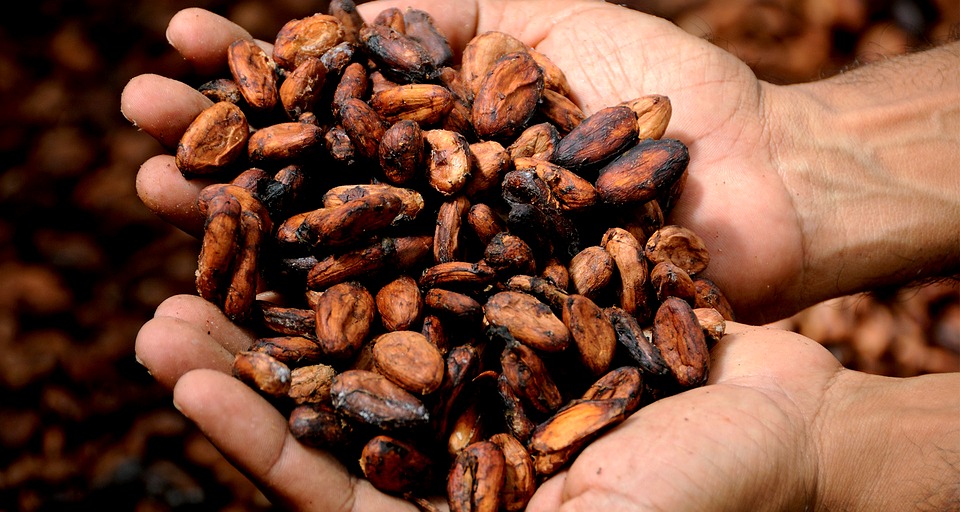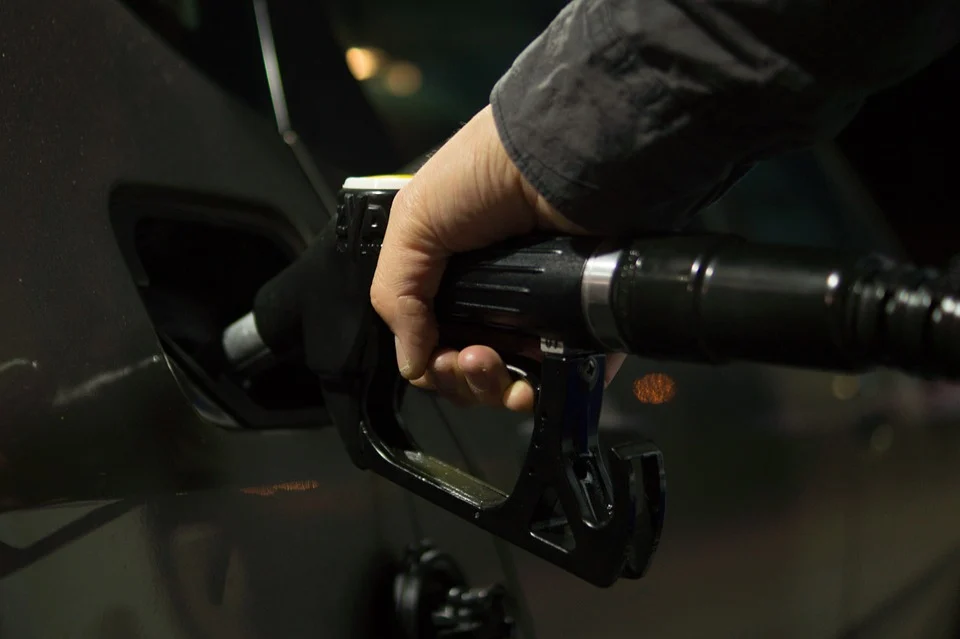Potrošači su podigli tužbu protiv kompanija Nestle, Hershey i Mars, a tužbu temelje na prijevari jer te kompanije ne navode na svojim proizvodima da koriste sirovinu od dobavljača koji iskorištavaju rad djece.
Pravna tvrtka koja zastupa potrošače navodi da ove tri korporacije redovito uvoze zrna kakaa od dobavljača koji koriste rad djece, uključujući i prisilni rad na plantažama na Obali Bjelokosti. Također navode da time krše i kalifornijski zakon jer ne prikazuju ove činjenice i nastavljaju profitirati od dječjeg rada.
Prema tvrdnjama UN-a, od 2013. do 2014. godine na Obali Bjelokosti je u najgorim oblicima iskorištavanja dječjeg rada sudjelovalo više od 1,1 milijuna djece.
Djeca – radnici, od kojih su mnoga žrtve trgovanja, su prisiljena raditi opasne poslove koji uključuju rad s opasnim alatima, nošenje teških tereta i izloženost otrovnim tvarima. Djeca kojima se trguje dolaze iz susjednih zemalja te se prodaju vlasnicima plantaža i prisiljavaju na rad, što često prati fizičko nasilje i izostanak naknade. Prema podacima Svjetske kakao zaklade, 47% od ukupnog uvoza kakaa u SAD dolazi upravo s plantaža Obale Bjelokosti.
U izjavi odvjetničke tvrtke Hagens Berman, koja se bavi pravima potrošača, navode da su potrošači ogorčeni saznanjem da njihove omiljeni slatkiši imaju svoju tamnu stranu – da su nastali uz pomoć iskorištavanja djece, a također su ogorčeni što popularni proizvođači čokolade, slatkiša i drugih prehrambenih proizvoda prešućuju ovu činjenicu čime dovode potrošača u situaciju da neizravno podupire iskorištavanje djece kao radne snage.
Sve su tri korporacije odgovorile na tužbu predvidljivom izjavom kako nisu krivi. Glasnogovornici su više-manje koristili frazirane izraze, Hershey navodi da je kompanija “predana etičkim i odgovornim izvorima svih naših sastojaka i nema tolerancije prema ilegalnim praksama, što uključuje i djecu koja se koriste za prisilan rad u uzgajanju kakaa.” Dodaje i da kompanija sudjeluje u naporima industrije u suzbijanju ove prakse te da su ti napori “vrlo ohrabrujući”.
Nestlé u svojoj izjavi navodi da su optužbe bez temelja: “Rad djece nema mjesta u našem opskrbnom lancu kakaom. Poduzimamo mjere kako bi to postupno eliminirali uz pomoć procjene pojedinačnih slučajeva i rješavanjem korijena uzroka.”
Mars navodi da kompanija “dijeli opće prihvaćeno mišljenje da su rad djece i trgovina ljudima neprihvatljivi i ukorijenjeni u složenim gospodarskim, političkim i socijalnim pitanjima, te želi biti dio rješenja.”
Ove tvrdnje i optužbe nisu ništa novo, više od desetljeća je poznato da bar 70% izvora kakaa na svijetu dolazi uz pomoć iskorištavanja djece, no problem je to što ova pojava raste umjesto da se smanjuje. Usprkos izjavama kompanija, koje žmire na iskorištavanje dječje radne snage, kako žele sudjelovati u rješavanju ovog problema zapravo se ne događa ništa i ništa se neće ni promijeniti jer ne postoje drakonski zakoni koji bi spriječili iskorištavanje djece. Da te mega kompanije zaista žele nešto riješiti – našli bi načina, međutim, legalni način rada na plantažama kakaa bi podigao cijenu sirovine što im ne odgovara. Naravno, uvijek je u pitanju profit, kod svih oblika iskorištavanja djece u radu je ista stvar – zarada i niski troškovi su na prvom mjestu, a sve to mi svi skupa podržavamo kupujući takve proizvode i željeli mi to ili ne – sudjelujemo u ovom organiziranom kriminalu.
Sekundarni izvor: Os Uma
Autor: Irena Dujmušić
Primarni izvori: Yahoo, Activist Post
Izvor: https://www.youtube.com/watch?v=BeJy3dA4Ahk
The Dark Side of Chocolate is a 2010 documentary film about the exploitation and slavetrading of African children to harvest chocolate still occurring nearly ten years after the cocoa industry pledged to end it. Cocoa plantations in Ghana and the Ivory Coast provide 80% of the world with chocolate, according to CorpWatch. Chocolate producers around the world have been pressured to “verify that their chocolate is not the product of child labor or slavery. In 2000, BBC aired Slavery: A Global Investigation which brought the issue of child labor in the cooca industry to light. In 2001, the Chocolate Manufacturers Association and its members signed a document that prohibited child trafficking and labor in the cocoa industry after 2008. Despite this effort, numerous children are still forced to work on cocoa plantations in Africa. In 2009, Mars and Cadbury joined the Rainforest Alliance to fight against child labor. By 2020, these major chocolate manufacturers hope to completely eradicate child labor on any plantations from which they purchase their cocoa. Production The Dark Side of Chocolate was produced by Danish journalist Miki Mistrati who investigated the use of child labor and trafficked children in chocolate production. It is filmed by U. Roberto Romano.The filming started in Germany, where Mistrati asked vendors where their chocolate comes from. They then flew to Mali, where many of the children are from. Next, they explored the Ivory Coast where the cocoa plantations are located. The film ends in Switzerland where both the International Labor Organization (ILO) and the Nestle headquarters are located. Much of the footage in this documentary is recorded using a secret camera located in a bag Mistrati carries with him. The documentary was released in 2010, first in Denmark, and later in Sweden, Ireland, Belgium, and Norway Synopsis In 2001, the Chocolate Manufacturers Association formed an action plan entitled the Harkin-Engel Protocol that would aim to end the worse forms of child trafficking and slave labor. However, child trafficking still continued in countries in West Africa. Authorities and companies denied it happened. Due to this conflicting outlook, the filmmakers went undercover to discover the truth. The film starts with its two filmmakers investigating independently by journeying to the western coast of Africa to the country of Mali, the country where children were rumored to be smuggled from and then transported to the Ivory Coast. The team of journalists aimed to investigate human trafficking and child labor in the Ivory Coast and its effects on the worldwide chocolate industry. The documentary starts in Cologne, Germany where Mistrati asks each vendor at a gathering of chocolate makers where their chocolate is imported from. Their responses lead to the conclusion that almost all chocolate is imported from somewhere in Africa. Their detective work lead them to find that people in Mali were trafficking children at bus stations by bribing them with work and money, or by kidnapping them from villages. Afterward, they are taken to towns near the border such as Zegoua, where another trafficker transports the children over the border on a dirt-bike. Then they are left with a third trafficker who sells the children to plantations. The children, ranging in age from 10 to 15, are forced to do hard labor, physically abused, and paid poor wages, or none at all. Most of them stay with the plantation until they die, never seeing their families again. Child labor and trafficking is illegal according to the Harkin-Engel Protocol, an agreement that was signed by all major chocolate companies promising not to harvest their cocoa beans through means of child workers. When confronted with this issue, the corporate representatives of some of these companies denied all rumors of child labor and trafficking, but the investigations of the filmmakers proved brought to light the continued abuse of children on cocoa plantations.





